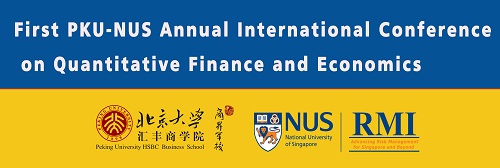Reporting a Network's Most-Central Actor with a Confidence Level
ARTICLE | Computational and Mathematical Organization Theory | Vol. 23, 2017
Abstract
This article introduces a confidence level (CL) statistic to accompany the identification of the most central actor in relational, social network data. CL is the likelihood that the most-central actor assertion is correct in light of imperfect network data. The CL value is derived from a frequency-based probability according to perturbed samples of feature-equivalent network data. Analysts often focus attention towards the most central, highest valued, top actor [or node] according to one of four traditional measures: degree, betweenness, closeness or eigenvector centrality. However, given that collected social network data often has missing relational links, the correctness of the top-actor claim becomes uncertain. This paper describes and illustrates a practical approach for estimating and applying a CL to the top actor identification task. We provide a simple example of the technique used to derive a posterior probability, then apply the same approach to larger, more pragmatic random network by using the results of an extensive virtual experiment involving uniform random and scale-free topologies. This article has implications in organizational practice and theory; it is simple and lays groundwork for developing more intricate estimates of reliability for other network measures.
-
 International Student Profile: Kevin Kurnia
International Student Profile: Kevin KurniaOct 12 2017
-
 Start your application to join PHBS!
Start your application to join PHBS!Sep 18 2018
-
 PHBS Opening a Campus in UK: Se...
PHBS Opening a Campus in UK: Se...Feb 22 2017
-
Peking University HSBC Business S...
Time:Dec 20 2019
-
Studious and Aspiring | Dean Hai...
Time:Dec 20 2019
-
PHBS Holds the Second PHBS Works...
Time:Dec 19 2019












